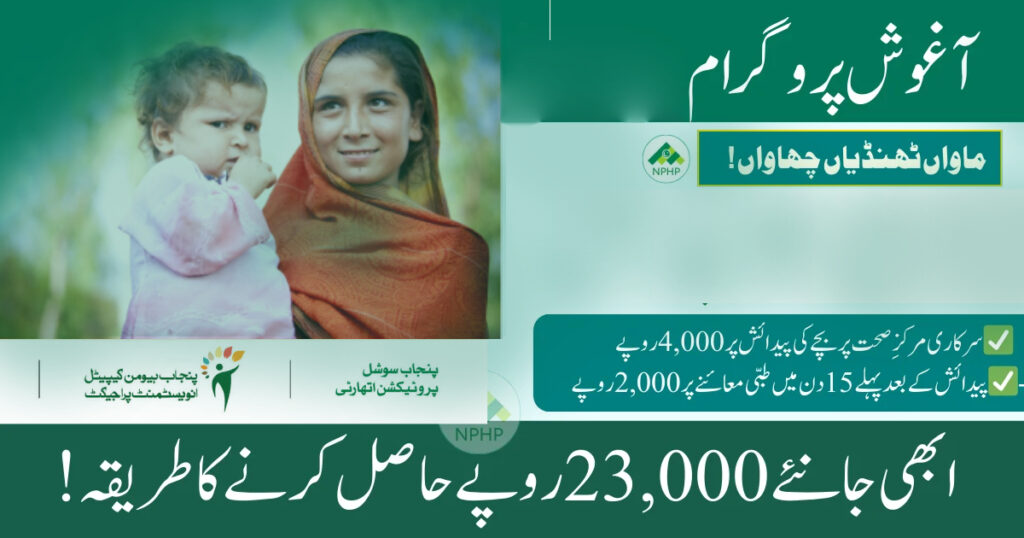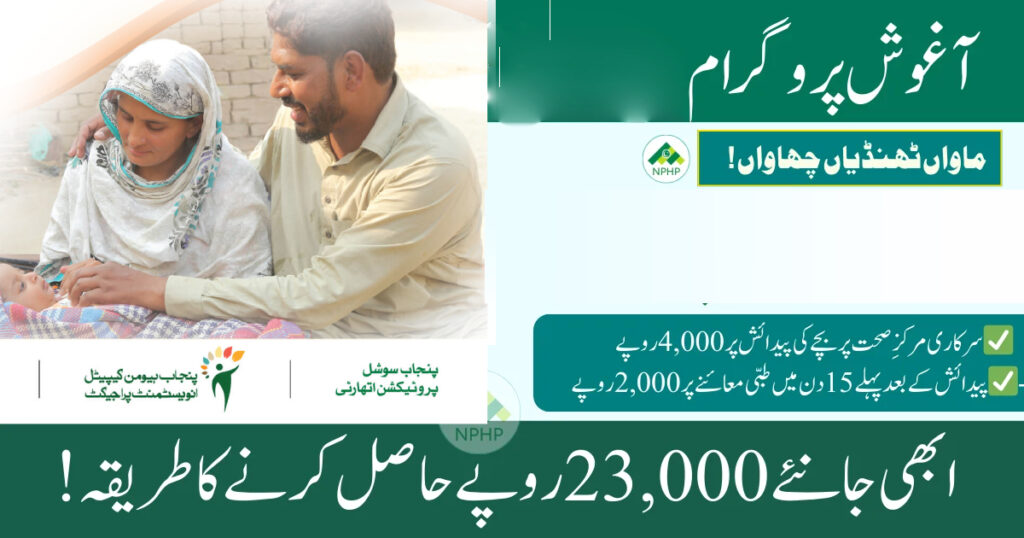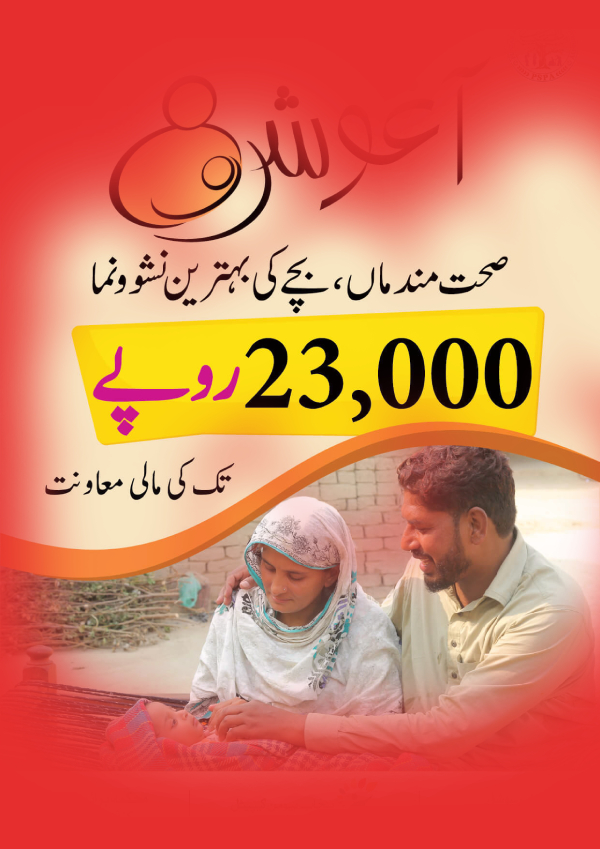The Punjab Human Capital Investment Project (PHCIP) is a transformative initiative launched by the Government of Punjab in collaboration with the World Bank. It aims to strengthen the human capital of the region by improving access to quality health services, enhancing early childhood education, and promoting social protection for vulnerable populations. This flagship project is a critical component of Pakistan’s broader development strategy focused on investing in its people to drive inclusive and sustainable growth.
In this article, we will explore the various dimensions of the Punjab Human Capital Investment Project, including its objectives, components, implementation strategy, impact, and challenges. This deep dive into PHCIP will give a comprehensive understanding of how this initiative is shaping the future of Punjab’s human development landscape.

Table of Contents
- Introduction to Human Capital
- Overview of PHCIP
- Key Objectives of PHCIP
- Major Components of PHCIP
- Health and Nutrition
- Early Childhood Care and Education (ECCE)
- Social Protection for Vulnerable Groups
- Geographic Coverage
- Implementation Partners
- Funding and Budget Allocation
- Monitoring and Evaluation Mechanism
- Impact of PHCIP So Far
- Challenges in Implementation
- Future Outlook
- Conclusion
- FAQs
1. Introduction to Human Capital
Human capital refers to the skills, knowledge, and health that people accumulate throughout their lives. It is a key driver of economic growth, innovation, and social development. In developing countries like Pakistan, where over 60% of the population is under the age of 30, investing in human capital is essential to break the cycle of poverty and accelerate progress.
2. Overview of PHCIP
The Punjab Human Capital Investment Project was launched in 2020 with the support of the World Bank, which approved a funding package of $200 million. The project is being implemented by the Planning & Development Board, Government of Punjab, and is expected to run through 2025. PHCIP targets underdeveloped districts in Punjab, aiming to improve health and education outcomes while offering social protection to the most vulnerable populations.
This initiative aligns with the Pakistan Human Capital Development Strategy and the World Bank’s Human Capital Project, both of which prioritize investment in people as a cornerstone of economic growth.
3. Key Objectives of PHCIP
The Punjab Human Capital Investment Project has three broad objectives:
- Enhance access to quality health and nutrition services, particularly for women and children.
- Improve early childhood care and education, ensuring children are school-ready by age 5.
- Provide social protection services to vulnerable households to reduce income-related inequalities and promote human development.
These goals are interlinked, creating a holistic approach to uplift the human capital of Punjab’s population.
4. Major Components of PHCIP
Health and Nutrition
One of the primary goals of PHCIP is to address the persistent challenges in maternal and child health in Punjab. Key interventions include:
- Strengthening Basic Health Units (BHUs) and Rural Health Centers (RHCs)
- Ensuring availability of skilled birth attendants
- Providing nutrition supplements for pregnant women and children
- Immunization drives to improve child health
- Awareness campaigns on family planning and hygiene practices
The project particularly focuses on tackling stunting, wasting, and low birth weight, which are prevalent issues in Punjab’s rural areas.
Early Childhood Care and Education (ECCE)
The early years of a child’s life are critical for cognitive, emotional, and physical development. PHCIP supports:
- Establishment of ECCE centers within schools and communities
- Training for ECCE teachers and caregivers
- Development of play-based learning curricula
- Involving parents in early learning through community-based outreach programs
This component is aligned with Pakistan’s National Education Policy, which emphasizes foundational learning during early childhood.
Social Protection for Vulnerable Groups
PHCIP offers social safety nets to marginalized populations, especially women, low-income families, and people with disabilities. Key initiatives include:
- Cash transfer programs for extremely poor households
- Skills development and vocational training
- Awareness campaigns on gender equality and child protection
- Linkages with existing social protection programs like BISP and Ehsaas
By focusing on inclusion and empowerment, PHCIP addresses social inequities that hinder human development.

5. Geographic Coverage
Initially, PHCIP was rolled out in 11 southern districts of Punjab, which are among the most underdeveloped regions in the province. These include:
- Bahawalpur
- Bahawalnagar
- Rahim Yar Khan
- Dera Ghazi Khan
- Muzaffargarh
- Rajanpur
- Lodhran
- Vehari
- Khanewal
- Layyah
- Bhakkar
These districts were selected based on indicators such as poverty rates, maternal and child health outcomes, and education levels.
6. Implementation Partners
The project brings together multiple government departments and development partners:
- Primary and Secondary Healthcare Department (P&SHD)
- School Education Department (SED)
- Social Welfare and Bait-ul-Maal
- Local Government & Community Development Department
- UNICEF, World Food Programme (WFP), and WHO
Their collective expertise ensures that interventions are not only effective but also sustainable.
7. Funding and Budget Allocation
The Punjab Human Capital Investment Project is funded primarily by the World Bank through an International Development Association (IDA) loan. Key financial highlights include:
- Total Project Cost: USD 200 million
- World Bank Contribution: USD 200 million
- Government of Punjab In-Kind Contribution: Includes infrastructure and human resources
Budget allocation is divided among the three major components—health, education, and social protection—based on targeted goals and district needs.
8. Monitoring and Evaluation Mechanism
PHCIP has a robust Monitoring and Evaluation (M&E) framework to assess progress and ensure accountability. Key features include:
- Real-time data collection through Management Information Systems (MIS)
- Independent third-party evaluations
- Quarterly and annual progress reports
- Beneficiary feedback systems
This evidence-based approach helps refine strategies, improve service delivery, and ensure transparency.
9. Impact of PHCIP So Far
Since its inception, PHCIP has made significant progress in multiple domains:
Health & Nutrition
- Over 500 BHUs upgraded
- 4 million+ women and children reached with nutrition services
- Maternal mortality rate reduced in target districts
Education
- 700+ ECCE centers established
- Improved enrollment and retention of children aged 3–5
- Enhanced teacher training and classroom infrastructure
Social Protection
- Over 250,000 women registered for social services
- 50,000+ youth received vocational training
- Successful linkage of beneficiaries with Ehsaas and BISP
These achievements demonstrate PHCIP’s ability to create a ripple effect on human development indicators.

